Voices of Small Schools Podcast: Scalability
Key Points
-
Micro schools emphasize personalized learning tailored to community needs, ensuring that scaling efforts address local challenges and preferences.
-
Effective scaling of micro schools can involve both decentralized and centralized approaches, with a focus on maintaining quality through collaboration, codification of models, and leveraging local partnerships.
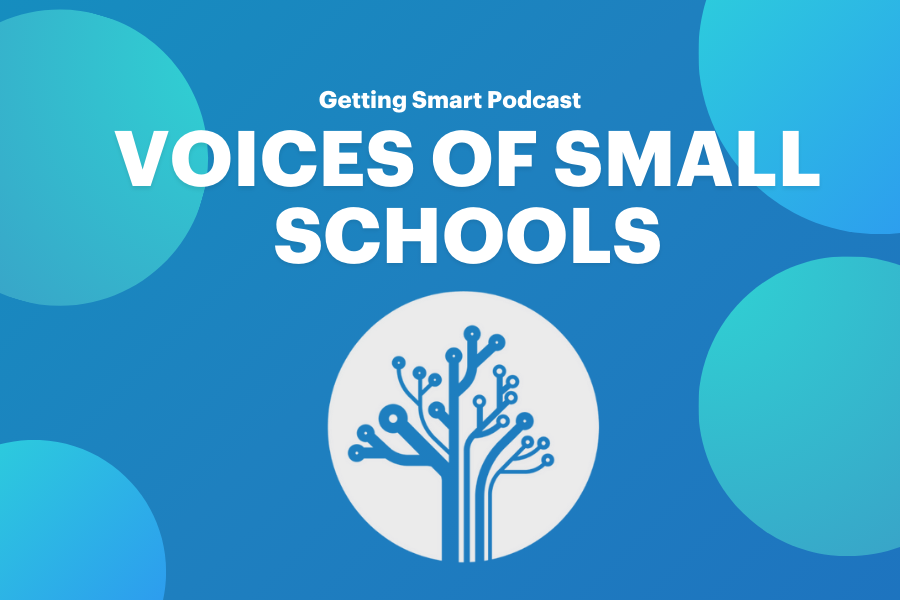
In this episode of the Getting Smart podcast, hosts Jordan Luster and Victoria Andrews dive into the topic of microschools, joined by multiple well-known guests. They feature voices from leaders and founders in the microschool space, including Desiree Corbin of Mindsprout Montessori, Tiffany Blasingame of the Ferguson School, Kenesha Skaggs of SOAR Academy, Coi Morefield of The Lab School of Memphis, Amar Kumar of KaiPod, and Julia Bamba from the Issaquah School District. Together, they share unique insights into their experiences and strategies for scaling microschools while maintaining quality and personalization.
The conversation explores the opportunities and challenges of scaling microschools, highlighting different models and success stories. The hosts and their guests discuss both decentralized and centralized approaches to scaling, touching on the importance of community-based, personalized learning experiences. They also examine how innovative partnerships and collaborative efforts can help maintain educational quality and accessibility as microschools expand. The episode talks about the potential microschools have to drive educational innovation and meet the diverse needs of students and families.
Outline
- (00:00) Introduction and Overview
- (01:56) Scaling MicroSchools: Opportunities and Challenges
- (03:28) Innovative Models and Success Stories
- (15:21) Decentralized vs. Centralized Scaling
- (32:22) Conclusion and Future Directions
Introduction and Overview
Jordan Luster: You’re listening to the Getting Smart podcast. I’m Jordan Luster, and today I’m joined by one of my esteemed and favorite colleagues, Victoria Andrews.
Today, we’re going to be talking about small schools—specifically microschools. Microschools have been scaling across the educational landscape over the past few years. We’ve discussed how microschools can lead to macro change by creating new options for families, quickly addressing underserved populations, and acting as catalysts—or as I like to say, vehicles—for educational innovation.
Since then, we’ve focused our efforts on supporting microschools with an emphasis on high-quality, innovative models that serve historically marginalized and underserved communities. We understand and acknowledge that microschools can sometimes lead to inequities, and we’ve kept that in mind in all of our microschool initiatives. These initiatives include the facilitation of community practice strands, providing coaching and technical assistance, and most notably, our funding efforts.
Last year, we partnered with the Walton Family Foundation and launched the Big Push for Small Schools grant program. Our mission was to foster a network of microschool leaders by offering grants, technical assistance, and coaching. We really want to propel the development of innovative learning spaces. We had a unique focus on funding operators who were looking to scale, and that’s what we’ll talk about today.
Scaling Microschools: Opportunities and Challenges
Jordan Luster: This is part of a series where we discuss scalability, sustainability, and accessibility of emerging microschools within the current educational landscape. Today, we want to dive deeper into the opportunities and challenges of scaling a microschool. One thing that’s become clear is that microschools are not a monolith, contrary to popular belief. They exist in both public and private spaces and encompass a wide variety of models. So, when we talk about scaling, it looks different for everyone.
Victoria Andrews: Let’s dive in. We’ve hosted a Getting Smart Town Hall on microschools, written blogs on the topic, chatted with founders, and even participated in a community of practice for microschools. Elevating voices from this space seems natural to us. We see micr schools as opportunities for change and innovation, incubators for ideas that can be shared on a larger scale, and as a way to meet the needs of families by diversifying options for learning experiences.
Innovative Models and Success Stories
Victoria Andrews: We met with a founder, Desiree Corbin of Mindsprout Montessori in Spring, Texas. She shared her considerations when thinking about growing and scaling her microschool. Let’s listen to what she had to say:
Desiree Corbin: One of the first considerations we make as we add classrooms is that we have a qualified teacher—that’s the most important factor. We maintain small class sizes, with 12 students, one teacher, and a part-time assistant. It’s important to keep that ratio, which is why we’ve been adding classrooms. We anticipate having 90 students enrolled this fall. We want to ensure our procedures are in place before we scale to other locations in nearby suburbs over the next two to three years. This year, we’re being intentional about documenting our procedures.
Jordan Luster: What I appreciate about what she said is the emphasis on “small is key,” which is especially true for microschools. When we talk about scaling something that’s small by design, it’s different from scaling traditional schools, where increasing enrollment is usually the goal. For microschools, scaling doesn’t always mean growing in size.
Victoria Andrews: Exactly. For founders like Desiree, scaling is about growth, but growth and scaling are fundamentally different. Growth refers to increasing enrollment, resources, or educational offerings—like adding teachers or programs. Scaling, on the other hand, is about expanding the reach and impact of the educational model. It can look different depending on the school.
Jordan Luster: That’s true. Some school leaders, like Desiree, see scaling as an opportunity for growth and to meet the needs of their communities. Scaling can be flexible, offering different services. We’ve had internal discussions about whether we even want microschools to scale and what that would look like.
Victoria Andrews: Scaling and growth can look so different. One model that I really appreciate is here in Atlanta, the Ferguson School. I think you had an opportunity to catch up with Tiffany. I’d love to hear what she had to say about how her school is scaling.
Tiffany Blasingame: We are a progressive Christian microschool designed to foster creativity, collaboration, critical thinking, and a love for Christ with our youngest learners—kindergarten through age five. We opened our doors in 2021 with just two students, and we are now serving 19 students as we move into year four.
What makes our learning environment unique is that we’ve created an ecosystem of other learning environments and microschools on the same floor in the same building where we lease space. Inside the church, there’s the Ferguson School for students in grades K through 5. There’s also a middle school and high school that lease space in the same building for grades 6 and up.
If parents are interested in middle or high school, we can direct them there. There’s a learning pod for students on the autism spectrum, for nonverbal or minimally speaking kids, and we do inclusion classes with them. There’s also a part-time Montessori program for ages 2 to 6. So, we collaborate together.
Most people think scaling means expansion—either getting another campus or serving as many kids as possible within the model they have. For us, expansion looks like serving more kids and families in a bigger way. For example, we often share siblings between the Montessori program and the Ferguson School. That way, both the Montessori program and our school are supporting the family.
For me, scaling is about how we can touch more families and make a bigger difference without giving up the model we’ve built. Parents can drop their kids off in the same space, knowing that the school model they’ve chosen is providing personalized instruction, which microschools are great at doing. We also have speech services, a reading intervention teacher, and physical therapy available, all within the church. We partner with those businesses to ensure that kids get the services they need during the school day.
Victoria Andrews: Tiffany’s approach to scaling is unique, and it helped inform how I even view scaling. She’s situated in a building where there are several other microschools, and they collaborate on services based on their specific demographic of students. It’s such a responsive and responsible approach because their budgets, while smaller than large districts, are by no means “micro.” Microschools still have to account for many of the same expenses as larger schools, but Tiffany and the other founders work together to scale services by sharing costs.
Jordan Luster: I love that. It’s almost like they’re scaling sites within one site, which can be very powerful. The collaborative approach that many microschool leaders take is inspiring. Running a school can be a lonely job, and it’s important for leaders to collaborate with others in similar spaces, especially in the microschool landscape. Through collaboration, they can scale models in creative ways.
For example, some microschool founders create highly specific and innovative models tailored to the community they serve, and once they reach capacity, they may not want to replicate the exact same school elsewhere. Instead, they focus on codifying their frameworks and curricula so others can replicate them.
I ran into Kenesha Skaggs from SOAR Academy at the National Hybrid Schools Conference. She shared some of this collaborative spirit. Let’s listen to what she had to say:
Kenesha Skaggs: SOAR Academy started as a homeschool group 14 years ago. Three years ago, we moved into the accreditation space to service more students. We are a project-based, place-based microschool that focuses on neurodivergent kids—those with autism, dyslexia, and ADHD—helping them succeed in their own learning styles.
Initially, when we scaled, we thought it was about adding more kids. But then our original parents were saying, “Wait, Kenesha, we’re losing the personalization we’re used to.” So now we’re helping 15 other microschool founders open, and we’re sharing our model, marketing techniques, and telling them how to become accredited in Georgia. It’s not about growing our one building. Our building is now a training facility where schools come from across the southeast to learn how to open a SOAR Academy at no cost. We love the freedom and flexibility our sponsors give us. We provide materials to help others get off the ground, but they have the freedom to run their school in a way that works best for them—whether it’s hybrid, outdoor learning, or STEAM-based.
Victoria Andrews: I’m not at all jealous that all these great microschool founders are coming out of Georgia—Tiffany and Kenesha—but Texas is also doing some great work! What I appreciated about Kenesha’s approach is that she’s so responsive to the needs of her community. She makes sure her model isn’t cookie-cutter, which really matters in a world where people are craving personalization and community. She exemplifies that responsiveness in her model.
Jordan Luster: Yes, and as we continue to hear from microschool leaders, it becomes clear how much they want to serve more students while maintaining the personalized learning experience. Scaling through collaboration, replication, and codification of their models is one way to do that.
Decentralized vs. Centralized Scaling
Jordan Luster: At Getting Smart, we define the type of scaling Kenesha and others are doing as decentralized scaling. At the conference, I heard another leader say their focus was on scaling “deeper, not wider,” which I thought was such a profound analogy. Scaling deeper allows for communities to tailor school models to their specific needs. But this comes with risks, especially when trying to maintain the quality of the model as operations become more decentralized.
In contrast, centralized scaling allows for better quality control. Networks like Prenda, Acton, and Wildflower operate in this way by providing direct operational support and sharing tools and resources. Independent microschool leaders, like Coi Morefield of The Lab School of Memphis, are also starting to branch out with satellite schools and multi-site models. I’d love to hear what she has to say.
Coi Morefield: For us, the question was, how do we get community-based satellite studios or replications of our school into communities that face transportation or financial barriers? We wanted to bring our studios within walking distance of these families. Our goal was to address the barriers while still providing the highly personalized learning experience that families want.
We chose a centralized approach because we felt it was the most direct path to achieving our goals. With this approach, our accreditation, ESA approval, and private school status travel with us, so we don’t have to go through additional paperwork and processes for each location. It also allows us to scale our resources, which is attractive to our partners.
By partnering with local organizations—whether it’s the Olympic Training Center, neighborhood apps, or the Pacers Athletic Association—we’re able to bring valuable resources into each community we touch. Our centralized approach ensures that all of our satellite studios meet the same standards and provide the same quality of education.
Victoria Andrews: The way Coi capitalizes on partnerships to scale and address barriers is brilliant. She’s eliminating transportation concerns and creating opportunities for families. I just applaud how she’s approaching satellite operations and meeting the needs of her community.
Jordan Luster: What really stood out to me was how Coi tailors her school to meet the most urgent needs of the community. Through her partnerships with districts, universities, and businesses, she’s able to scale satellite schools while maintaining quality across locations. It’s a great example of how centralized scaling can ensure quality assurance.
I think Coi’s ability to maintain quality while scaling is impressive. Her centralized model allows her to monitor and compare across different satellite schools, ensuring that each one meets her expectations and that no location is better or worse than another. This is super important when talking about scaling across multiple sites.
There are benefits to both centralized and decentralized scaling efforts, like we talked about. But microschools are scaling in their own ways, and they’re doing it differently from traditional school models. For example, KaiPod—a microschool network—has a hybrid learning model. They’re growing their pods, but they’re also creating a decentralized network of affiliated schools and homeschooling cooperatives that they call “learning partners.”
I find it interesting how microschool leaders are using partnerships and collaborations to scale their own programs and help others grow in unique ways. We met up with Amar Kumar to hear more about his work and how he maintains quality while scaling. Let’s take a listen:
Amar Kumar: In education, there’s an effect where the bigger you get, sometimes quality suffers because you lose direct oversight of what’s happening. At KaiPod, we delegate a lot of decision-making down to the lead learning coach at each site. We monitor three groups of metrics: financial sustainability, academic outcomes, and experience or retention.
For financial sustainability, we ensure that each site can live for a long time. For academic outcomes, we measure various metrics to ensure that kids are learning to read, write, and stay on the standards their parents expect. Finally, for experience, we survey parents, students, and learning coaches to ensure everyone is thrilled with the program.
We use a metric called the Net Promoter Score (NPS) to measure how likely families are to recommend our school. Most schools have an NPS around negative 20. Last year, our score was 63, which is on par with companies like Nike and Apple. This year, it’s 74. Families love what we’re doing, and this creates a virtuous cycle where they recommend us to other families, helping us grow.
Victoria Andrews: I love that Amar called out the challenge of maintaining quality as you scale. We’ve discussed this a lot. The measures they have in place at KaiPod—financial sustainability, academic outcomes, and experience—really help ensure quality.
Jordan Luster: What I find fascinating about Amar’s example is how they measure quality differently than traditional models. It’s not just about academic outcomes, but also experience and sustainability. This is especially important for microschools, and it’s something that more traditional schools could learn from. KaiPod’s NPS is a testament to how much families appreciate the program.
Many microschools primarily operate through a tuition-based model, and some access public funds through education savings accounts (ESAs). Others, like the Black Mothers Forum microschools, leverage partnerships with districts and organizations like Sequoia to create an affordable tuition model.
Although a lot of attention is focused on private-sector microschools, there’s a robust public-sector microschool ecosystem that continues to scale, and it’s often overlooked.
Victoria Andrews: Exactly. The school-within-a-school models are perfect little R&D labs and incubation spaces. The learnings from these models can be rolled out across the district or shared with other students who could benefit. Let’s hear from Julia Bamba, who has been featured on several of our Town Halls. She’s a gem of a human being from the Issaquah School District in Washington state. Here’s how her district is scaling microschool initiatives:
Julia Bamba: We’re a great example of trying to expand or transform a system. It started with our choice school, which had 200 students. We realized that many of the things we were doing worked really well, especially for students at risk or those who came into high school hating school and wanting a different style of learning.
So, we’re taking what we learned there and bringing it to one high school. Our goal is to have a microschool within each of our three comprehensive high schools. We also want to expand into our middle schools, starting with one or two and growing to all six. The important piece is using our students’ experiences to tell the story.
We can talk about learning outcomes, but the students themselves are helping us create a vision for school that looks different. When we started inviting students to join the microschool team, they would say, “Yes, I’m in, and I want my friend to join too.” There was an energy around the idea that school can look different. Other students started seeing it and getting excited about it.
This is a way to provide a different experience for kids so they don’t feel like they have to go through the typical seven-period day. It’s also a way to test new learning models and expand those models across the district. The biggest thing is student voice, and we’re also empowering the adults who are part of it to help tell that story. How do we give students agency so they are seen as mentors and leaders of the microschool? We, as adults, are there to corral and ensure we’re meeting our district’s mission, but the kids are the ones who can help us grow this.
Jordan Luster: A leader who is truly learner-centered always stands out to me, and that’s exactly what Julia is. What she’s doing with the Issaquah School District and their microschools is a great example of how districts can use microschools to scale innovative practices across the entire district.
Victoria Andrews: Yes, and what better population to inform what learning should look like than the students themselves? Julia is allowing students to experience something different and using that feedback to shape the district’s learning models. She’s in a great position to make this happen, and I applaud her for taking the risk and providing these opportunities.
Jordan Luster: The microschool environment—being small, nimble, and flexible—allows for a certain type of innovation that happens fast. It doesn’t require months of roll-out or large board approvals. What we’re testing with Issaquah is providing districts with the technical assistance and coaching they need to open microschool models and use them as research and design labs for scaling equitable practices.
I’m excited to continue learning from Julia and other districts doing this important work.
Conclusion and Future Directions
Jordan Luster: This year, through our Learning Innovation Fund, we have a second round of funding for microschool leaders. It’s exciting to be working alongside a dynamic, diverse group of amazing school leaders. We have districts, independent schools, and others who are growing into networks or expanding with satellite schools.
I think it’s important for us to continue supporting these models through technical assistance and coaching, in addition to providing funding. It’s not just about giving money; it’s also about helping with marketing support, storytelling, school design, and evaluation. This positions microschool leaders to grow their partnerships and scale successfully.
If you’re interested, visit our website, gettingsmart.com, and check out our Learning Innovation Fund and our Big Push for Small Schools. Our grantees are doing amazing things.
Victoria Andrews: If you’re a community partner or education-adjacent nonprofit, and you’re wondering how you can support a microschool, reach out. Even if this is the first time you’ve heard the term “microschool” and you have questions, visit our site. We have tons of resources, blogs, and insights that will help you learn more.
Jordan Luster: I’m really excited for the future of microschools. They’re scaling publicly, privately, in your neighborhood, and in mine. I think microschools are one of the hottest vehicles for innovation right now. I’m excited to ride shotgun alongside so many great leaders.
Victoria Andrews: Thanks for joining us today. We hope you learned more about how microschool founders are scaling and their approaches.
Mason Pashia: Thanks for tuning in to the Getting Smart podcast today. We want this podcast to be actionable, insightful, and a great way to learn about what’s next in learning. To stay on the cutting edge, we need people in the field to tell us what they’re hearing, wanting, and needing to learn more about. If you’ve got a topic or guest in mind, send your recommendations to me, [email protected].
If you like what you’re hearing, don’t forget to subscribe and leave a review on Apple Podcasts or wherever you listen. Feel free to share the podcast on social media using the hashtag #GSPodcast. Thanks so much!
Desiree Corbin
For more than two decades, Desiree has been dedicated to helping shape young minds. In her 20+ years as an educator, she has learned as much as she has taught, realizing that no two students are the same; education is not a one-size-fits-all endeavor. She understands that formal teaching methods don’t always work for every child, and development begins by stoking the embers of curiosity. Desiree believes non-traditional learning approaches, such as the Montessori method with self-directed activities, hands-on learning and collaborative experiences tailored to the individual’s needs, create a well-rounded education. In late 2019, she left the classroom and used her education experience to begin tutoring and homeschooling preschool and elementary-aged children. She then went on to found MindSprout Montessori in 2021. Desiree holds a Masters in Education, and is certified in EC-6th, gifted and talented education, English as a second language, and has undergone extensive Montessori training.
Tiffany Blasingame
Tiffany Blassingame is the Founding Head of School at The Ferguson School. She has been an educator for over 20 years and has a passion for early childhood and elementary education.
Throughout her work as an educator, she has developed curriculum and instructional programming, provided instructional coaching and professional development for elementary, middle, and high school principals and their teachers, served as a reading specialist and education activist, and taught primary grades.
The Village Schools is an educational ecosystem that provides a safe and nurturing space for students to learn to navigate the world within an environment filled with grace, love, and mercy. The Village Schools’ exploratory, supportive, flexible setting lets students learn in diverse ways and prepares them with the skills needed to thrive in a future of growing complexity. Our school community loves, protects, and understands the global majority and historically marginalized students.
Kenisha Scaggs
Kenisha Scaggs established SOAR Academy in 2011. The Academy offers many measurement tools which assist in diagnosing learning disabilities and to developing customized learning plans for each student. The Academy is provisionally accredited by the Georgia Accreditation Commission and all of the teachers hold a Bachelor’s Degree in Education. Over the past 11 years, the Academy has helped over 500 students in the CSRA and are proud of the fact that they have changed the trajectory of many students struggling with learning disabilities. Additionally, SOAR Academy was awarded the VELA Grant, which is awarded to schools that provide non-traditional learning environments.
Coi Morefield
Coi Morefield is an educator, writer, and mom of four. With over 15 years of experience as an educator and instructional leader, Coi has served children and their families in various capacities, including as an elementary classroom teacher and instructional coach. Coi launched The Lab School in hopes that families who value curiosity, freedom of thought, and the power that comes from self-discovery and strength of identity can rest, finally, in an empowered community. The Lab School believes every child’s humanity and innate gifts will guide them to everything they need, and with structure, and freedom of choice, they will find their path and flourish.
Amar Kumar
Amar Kumar is the founder and CEO of KaiPod Learning and has been working to improve education for students around the world for over 15 years. In addition to having been a teacher, a school principal, and a consultant in McKinsey’s Education practice, Amar was the Chief Product Officer for Pearson Online & Blended Learning for seven years. In that role, Amar designed and built the technology and curriculum that served more than 400,000 students in Connections Academy schools and school districts around the country. During the pandemic and through KaiPod Learning, Amar transitioned into an education entrepreneur, creating a new learning environment to support families that are seeking individualized and flexible learning options through online learning and homeschooling. Amar earned a Bachelor of Science in computer science from Purdue University and an MBA from Harvard Business School.
Julia Bamba
Julia has been an educator for over two decades, including time as the principal, an educator and is now launching a microschool within a new innovative real-world learning school in Issaquah, WA. Gibson Ek opened its doors in 2016 designed to provide a personalized learning environment for students who believe that their high school education should provide opportunities for students to have a voice in their learning while they engage in experiences that are relevant to their own lives and their future dreams.
Prior to opening Gibson Ek, Julia worked at Issaquah High School as an English teacher and soccer coach before spending several years as an Assistant Principal.
Links
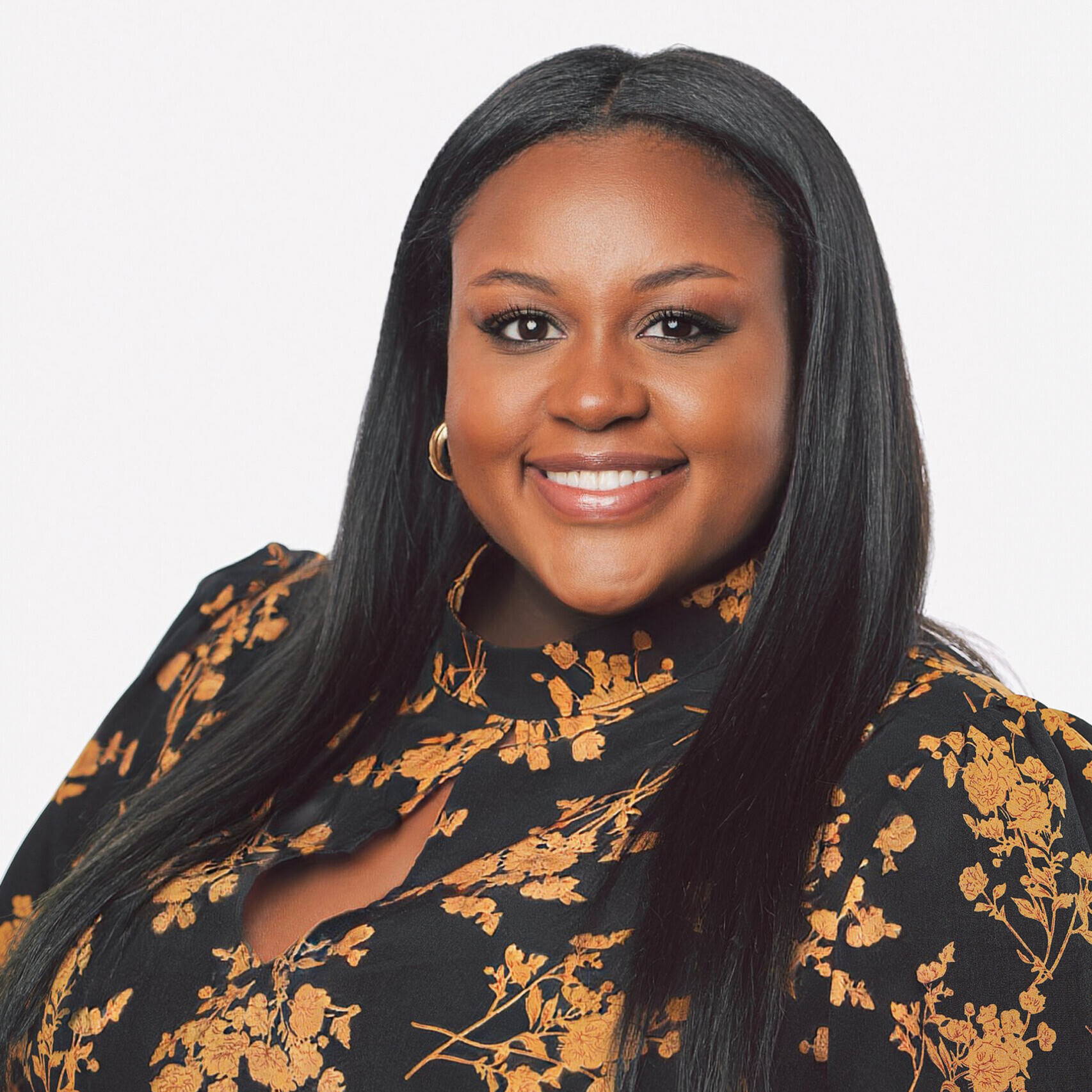
Jordan Luster
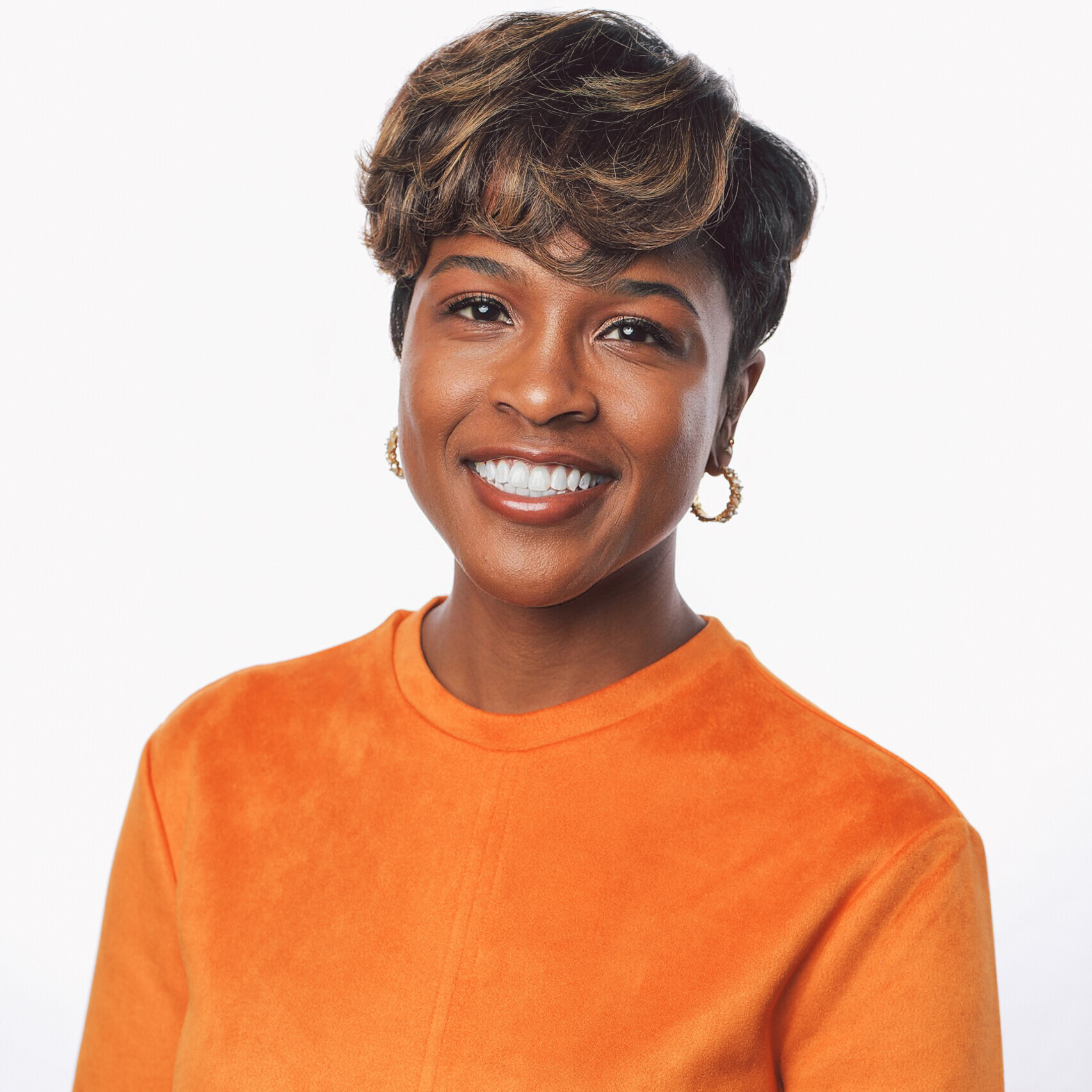


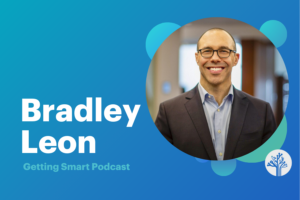

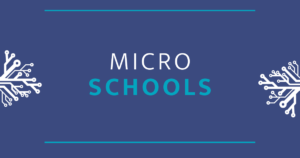
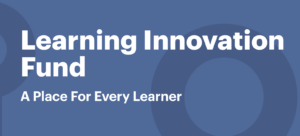
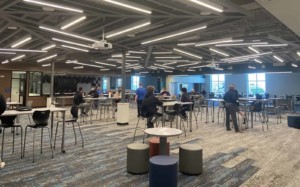
0 Comments
Leave a Comment
Your email address will not be published. All fields are required.